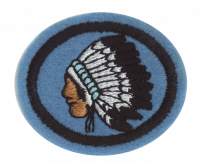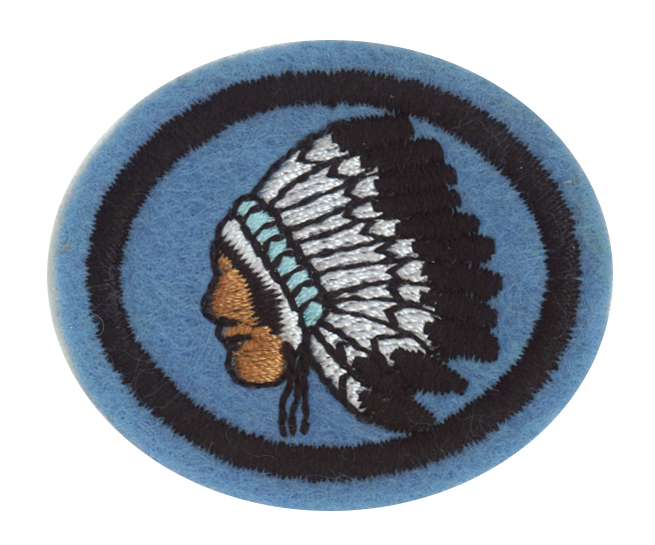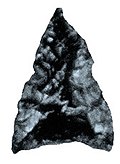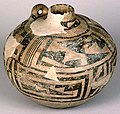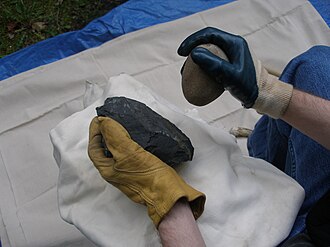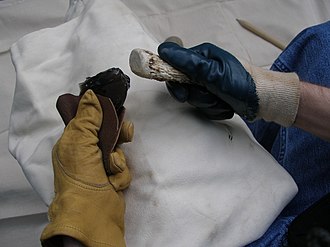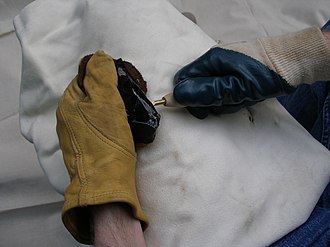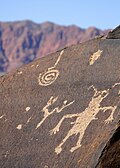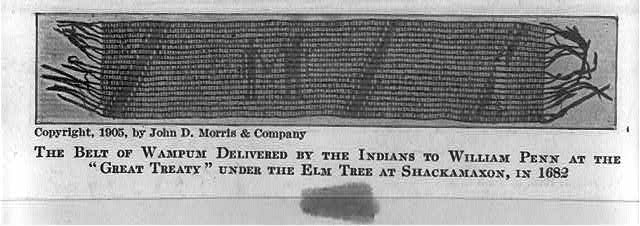Especialidades JA/Artes y trabajos indígenas/Respuestas
Nivel de destreza
1
Año
1944
Version
06.12.2025
Autoridad de aprobación
Asociación General
1
2
3
4
Native Americans ate from about 1000 different species of plants. Now grocery stores sell food items made from about 100 species of plants. However the 1000 species do not all grow in the same area. Go to http://plants.usda.gov and see plant range maps of every known plant in North America.
5
In order to come close to an animal, trackers must remain undetected not only by the animal, but also by other animals that may alert it. Moving as quietly as possible, trackers will avoid stepping on dry leaves and twigs, and take great care when moving through dry grass.
If the trackers are in close proximity to the animal, it is important that they remain downwind of it, that is, in a position where the wind is blowing away from the animal in the direction of the tracker. They must never be in a position where their scent could be carried in the wind towards the animal and thereby alert it. It is also important that the animal does not have the opportunity to cross their tracks, since the lingering human scent will alert it. Most animals prefer to keep the wind in their faces when traveling so that they can scent danger ahead of them. Trackers will therefore usually be downwind from them as they approach the animals from behind. The wind direction may, however, have changed. If the wind direction is unfavorable, the trackers may have to leave the spoor (tracks and other indications of an animal's presence) to search for their quarry from the downwind side.
As the trackers get closer to the animal, they must make sure that they see it before it sees them. Some trackers maintain that an animal keeps looking back down its own trail, always on the alert for danger coming from behind. When the spoor is very fresh, trackers may have to leave the spoor so that the animal does not see them first. Animals usually rest facing downwind, so that they can see danger approaching from the downwind side, while they can smell danger coming from behind them. An animal may also double back on its spoor and circle downwind before settling down to rest. A predator following its trail will move past the resting animal on the upwind side before realizing that the animal had doubled back, and the resting animal will smell the predator in time to make its escape.
When stalking an animal, trackers use the cover of bushes, going down on their hands and knees where necessary. In long grass they go down on their stomachs pulling themselves forward with their elbows. The most important thing is not to attract attention by sudden movements. Trackers should take their time, moving slowly when the animal is not looking, and keeping still when the animal is looking in their direction. When stalking an animal, trackers must also be careful not to disturb other animals. A disturbed animal will give its alarm signal, thereby alerting all animals in the vicinity, including the animal being tracked down.
Text from The Art of Tracking: The Origin of Science, by Louis Liebenberg, with permission from the author. Taken from Wikipedia:Tracking (hunting)
6
- Flint, used for making arrowheads, knives, and other cutting tools.
- Obsidian, used the same way as flint.
- Clay, used for making pottery and effigies.
- Turquoise, used for adornment and ceremonies.
- Argillite, used in art.
- Vermilion, used as body paint, combined with "glue" was used for pictographs on hides and rawhides.
- Soapstone, used for carvings, bowls, cooking slabs, and other objects.
- Granite, quartzite, basalt, sandstone, and slate, used for making hammers, axes, adzes, hoes, bowls, vases, and other items.
7
A flintknapper is an individual who shapes flint or other stone through the process of knapping or lithic reduction, to manufacture stone tools.
Knapping is done in a variety of ways depending on the purpose of the final product. For stone tools flint is worked using a fabricator, such as a hammerstone, to remove flakes from a core of tool stone. Stone tools can then be further refined using wood, bone, and antler tools to perform pressure flaking.
There are many different methods of shaping stone into useful tools. The three simplest techniques are mentioned below.
Hard Hammer Precussion
Hard hammer techniques are used to remove large flakes of stone. Early flintknappers and hobbyists replicating their methods often use cobbles about the size of a baseball or softball of very hard stone, such as quartzite or hard granite. This technique can be used by flintknappers to remove broad flakes that can be made into smaller tools.
Soft Hammer Precussion
Early flintknappers could have used simple hammers made of wood or antler to shape stone tools. Soft hammer techniques are more precise than hard hammer methods of shaping stone. Soft hammer techniques allow a flintknapper to shape a stone into many different kinds of cutting, scraping, and projectile tools.
Pressure Flaking
Pressure flaking involves removing narrow flakes along the edge of a stone tool. This technique is often used to do detailed thinning and shaping of a stone tool. Pressure flaking involves putting a large amount of force across a region on the edge of the tool and (hopefully) causing a narrow flake to come off of the stone. Modern hobbyists often use pressure flaking tools with a copper or brass tip, but early flintknappers could have used antler tines or a pointed wooden punch.
8
A pictograph is an image drawn or painted on a rock face. A petroglyph is an image carved into a rock face. The word comes from the Greek words petro-, meaning "stone" (think of Peter which means rock Matthew 16:18) and glyphein meaning "to carve", and was originally coined in French as pétroglyphe. Petroglyphs are found world-wide, and are often (but not always) associated with prehistoric peoples.
Sites in North America where petroglyphs can be found include:
- Arches National Park, Utah
- Capitol Reef National Park, Utah
- Death Valley National Park, California
- Dinosaur National Monument, Colorado and Utah
- Columbia Hills State Park, Washington
- The Cove Palisades State Park, Oregon
- Jeffers Petroglyphs, Minnesota
- Kanopolis State Park, Kansas
- Kejimkujik National Park, Nova Scotia
- Lava Beds National Monument, Tule Lake, California
- Leo Petroglyph, Leo, Ohio[1]
- Newspaper Rock State Historic Monument, Utah
- Mina, Nuevo León, Mexico
- Olympic National Park, Washington
- Petit Jean State Park, Arkansas
- Petrified Forest National Park
- Petroglyph National Monument
- Petroglyphs Provincial Park, north of Peterborough, Ontario
- Petroglyph Provincial Park, Nanaimo, British Columbia, Canada [2]
- Sedona, Arizona
- Sloan Canyon National Conservation Area, Nevada
- South Mountain Park, Arizona
- St John, USVI
- Three Rivers Petroglyphs, New Mexico [3]
- West Virginia glyphs
- Writing Rock State Historical Site, North Dakota
- Writing-on-Stone Provincial Park, East of Milk River, Alberta
- White Tank Mountain Regional Park, Waddell, Arizona
- Pete's creek Belfast Lassen county California BLM (Shamans cave with solar calender)
- Anza-Borrego State Park California Way off Highway 52 (mortar holes too)
- Shuswap Lake Provincial Parks, BC
9
Wampum is a string of white shell beads fashioned from the North Atlantic channeled whelk shell, and was used by Native Americans who regarded it as a sacred or trade representative of the value of the artist's work. Wampum was also used for engagement, marriage, and betrothal agreements, as well as for ceremony and condolence ceremonies.
Shells were also used for jewellery, as weapons, and for decoration of tipis, clothing and objects such as bags, backrests and ownership sticks.
10
- Leather
- Fur
- Feathers
- Hair
- Antler
- Bone
- Shell
- Wood
- Bark
- Yucca
- Gourd
- Rush
- Stone/Vermillion
- Clay
- Copper
- Gold
- Silver
- Torquoise
- Sinew
- Hooves
- Stomach
- Bladder
- Prickley Pear Cactus
- Red & Yellow Cedar
- Brains,ash,urine
- Corn husks
- Tendons
- Soap plant
- Moss
- Pipestone
- Raw hide
- Flint
- Obsidian
- Turtle shell
- Grass
- Cattail leaves
- Pitch (glue)
- Char coal
11
Stay away from projects like the very popular "dreamcatchers" as the purpose of these is to act as a protective charm to ward off evil spirits. This is contrary to Adventist teachings, and so should not be taught by an Adventist church organization, even if it is explained to the children. Do not set them down this path.
Native Americans were masters of many crafts which Pathfinders might enjoy learning. One possibility for meeting this requirement is to make a pair of moccasins.
Be sure to look into the Leather Craft and Pioneering honors if you choose to make moccasins, as making moccasins meet a requirement in each of these.
If moccasins do not appeal to you, you could try your hand at beadwork:
You can also decorate your moccasins with beadwork.
Or perhaps you would enjoy pottery (see the Pottery honor for details) or some other craft.
Another possible project is to make a bowl from birch bark (if it grows in your area).
Historical Note
This honor used to be called Indian Lore but the name has been updated.
